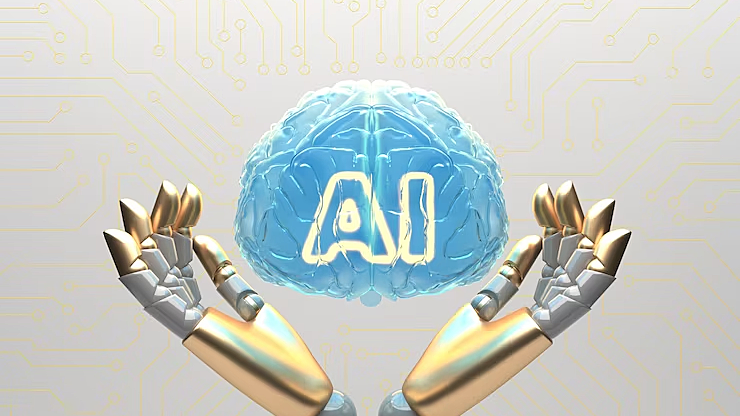Google’s AI chatbot expertise takes robotics to new heights. Explore their cross-training approach, shaping a future of smarter, user-friendly robots and human-robot interactions.
Google is pushing the boundaries of artificial intelligence (AI) by employing its expertise in training AI chatbots to now enhance robots. The company’s revolutionary approach involves a combination of machine learning techniques and neural network architectures. These methods have already proven highly successful in developing sophisticated AI chatbots capable of engaging in human-like conversations.
Training in Various Scenarios and Languages
With the release of their AI learning model, Robotic Transformer (RT-2), Google is now taking this expertise and applying it to their robotic systems. RT-2 is an advanced version of their vision-language-action (VLA) model. It equips robots with the ability to recognise visual and language patterns, enabling them to better interpret instructions and infer the most suitable actions for various requests.
To train RT-2, researchers exposed the robotic arm to diverse scenarios, such as identifying improvised tools (e.g., using a rock as a hammer) and selecting appropriate beverages for specific situations (e.g., offering Red Bull to an exhausted person).
The model also demonstrated the capability to comprehend directions in languages other than English.
Previously, robot training was a time-consuming process involving individual programming of instructions. However, with the power of VLA models like RT-2, robots can now access a vast range of information to make informed decisions autonomously.
Refinement Needed
This isn’t Google’s first venture into smart robotics. Last year, they integrated their language model LLM PaLM with physical robotics to create the PaLM-SayCan system. While the company’s new robot shows great promise. However, it is not without its imperfections. For example, in a live demo, the bot misidentified soda flavours and fruit colours.
Google’s approach to training AI chatbots and robots shares several similarities, such as using machine learning algorithms and vast datasets. Both require exposure to diverse conversations and scenarios to improve their capabilities. However, training robots introduces unique challenges. These include the acquisition of physical skills like object manipulation and navigation, in addition to language understanding.
Exciting Implications Up Ahead
The implications of Google’s cross-training approach for the future of robotics are immense. With the application of their AI chatbot training techniques, robots can become more intuitive and user-friendly. It creates the potential to integrate seamlessly into various industries, from healthcare and manufacturing to logistics and space exploration.
By refining robotic systems with natural language processing capabilities, human-robot interactions could enter a new era of interactivity and collaboration.
As Google continues to bridge the gap between AI chatbots and robots, we can anticipate even smarter robots soon, capable of performing complex tasks with minimal human intervention. While challenges lie ahead, the prospects of an AI-driven world with efficient and adaptable robotic assistants are undeniably exciting.

